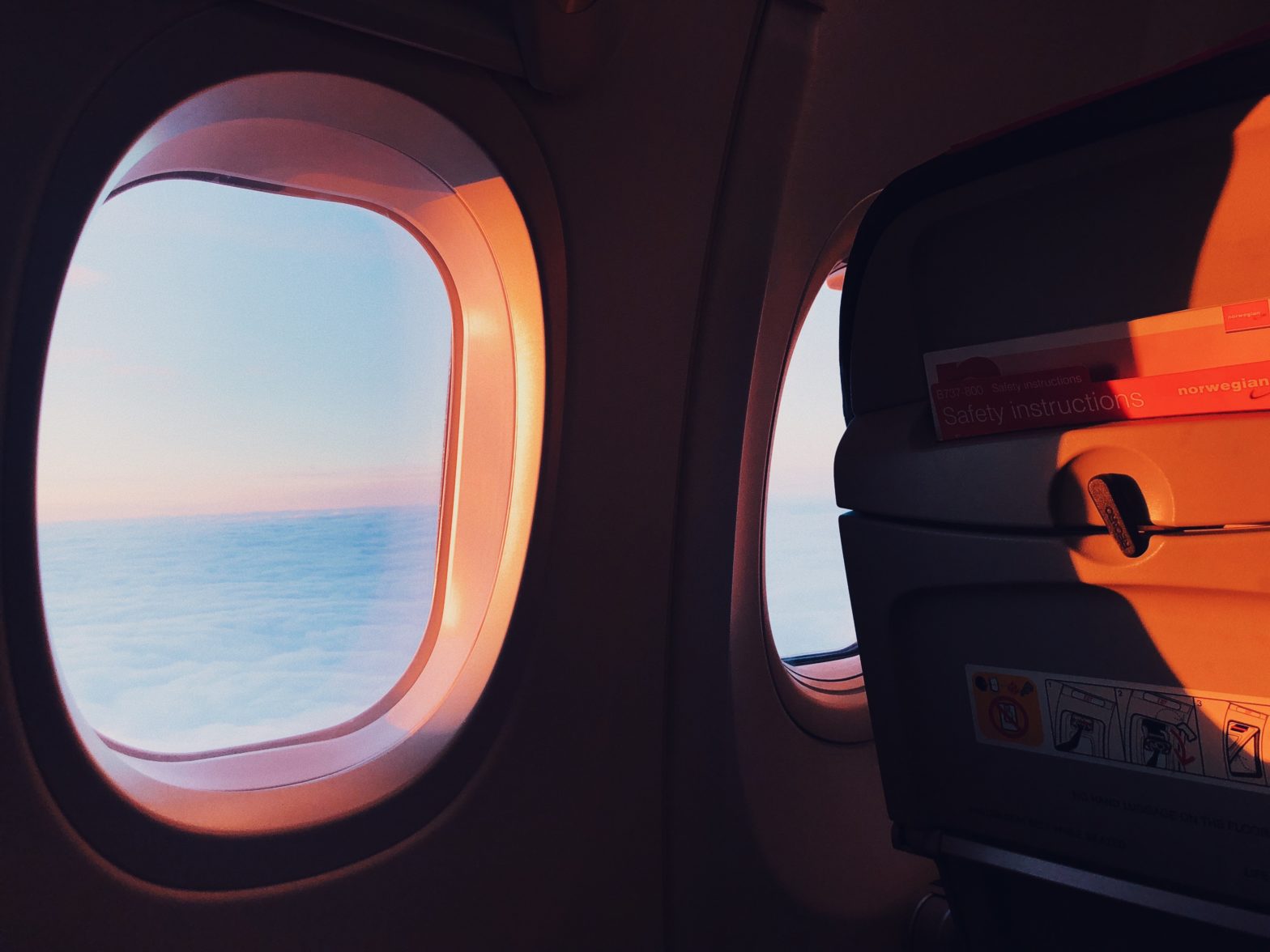If you look closely at passenger windows on commercial planes, you may notice a tiny hole at the bottom. This is a bleed hole. Do you know its purpose?
Hint: aesthetics have nothing to do with it.
According to 7 News Australia, “the bleed hole regulates the pressure placed on the plane’s windows from inside the cabin. It ensures that if a plane’s window is going to break, the outer pane goes first. In the extremely rare event the outer pane fractures, the inner pane holds cabin pressure in.”
Try to rest your head against your seat or on the panel between windows if you’re tired. If you put your head on the bleed hole, “you’re effectively preventing it from doing its job.”
Robbie Gonzalez, a tech writer, explained, “the purpose of the breather hole, which is located near the bottom of the middle pane, becomes clear: it serves as a bleed valve, allowing pressure between the air in the passenger cabin and the air between the outer and middle panes to equilibrate.”
How does the bleed-hole regulate cabin pressure?
7 News Australia reported, “the system of outer, middle and inner panes, in combination with the bleed hole, works as a kind of worst-case-scenario failsafe, and damage to the middle pane can literally ground a flight. If cabin pressure blew the outer pane out, the inside pane is still strong enough to hold pressure, giving pilots time to drop to lower altitudes and decrease the cabin pressure.”





